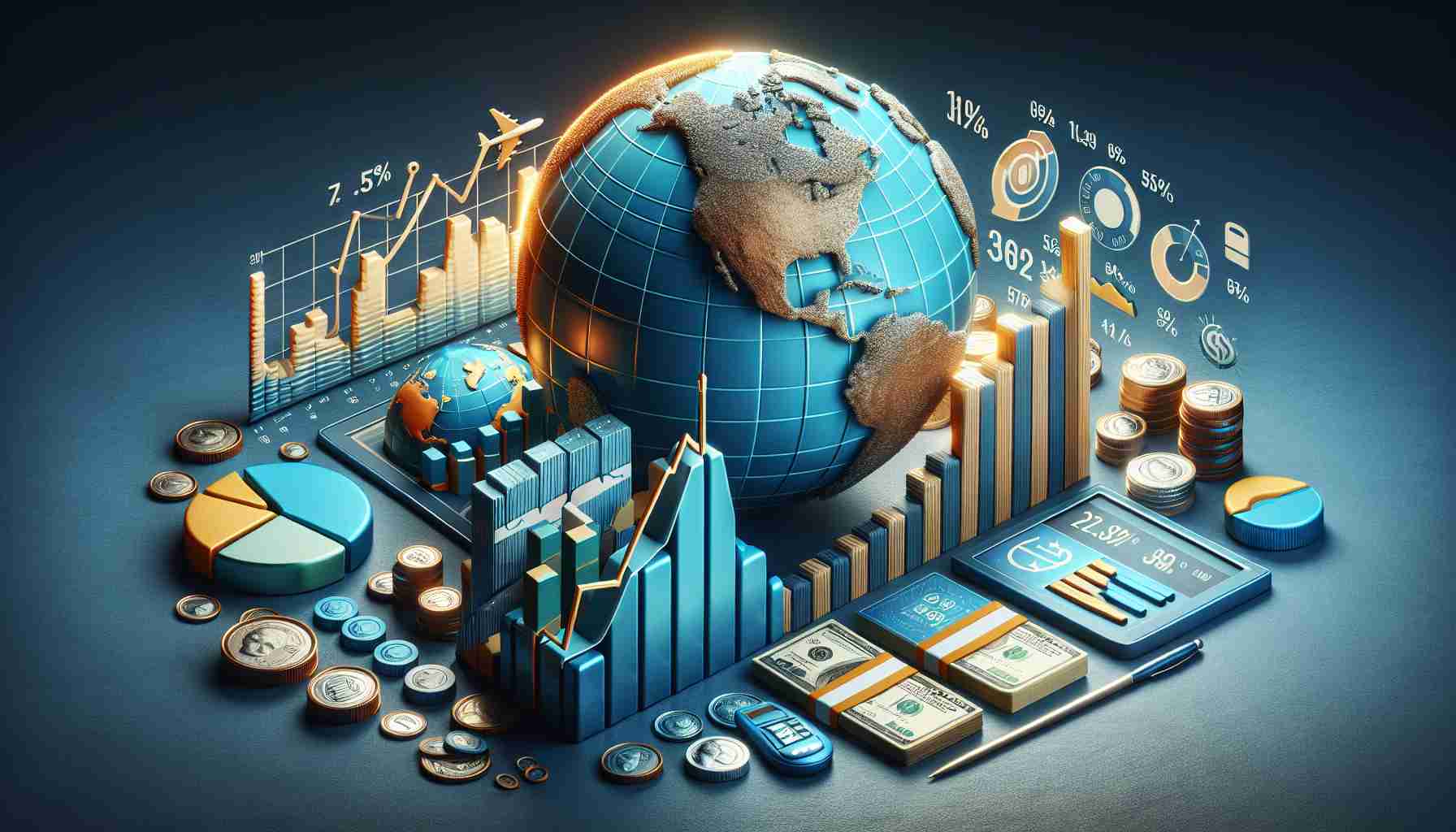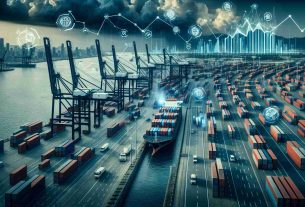Significant Global Economic Shifts Unveiled
In a notable turn of events, various global economies have witnessed significant policy maneuvers in recent times to counter economic challenges. From interest rate cuts to subsidy programs, governments worldwide are embarking on stimulus measures to revitalize their economies.
Asia’s Reaction and Prospects
The recent policy blitz in China has sparked a robust market reaction, signaling a temporary respite for the economy. However, there are lingering concerns about the sustainability of this recovery amidst a challenging economic landscape. Meanwhile, Indian gold demand is poised to surge, driven by favorable tax adjustments and upcoming festive seasons.
US Economic Dynamics
Notably, the US economy has shown resilience post-pandemic, with revised growth estimates bolstered by strong consumer activity. Despite inflationary pressures and a cooling economy, there are signs of steady progress in key economic indicators.
Europe and Emerging Markets
Central banks across Europe are navigating through inflationary challenges, hinting at potential rate adjustments. In emerging markets like Mexico and Zambia, economic trajectories are being redefined, presenting new growth opportunities amidst evolving global dynamics.
Geopolitical Tensions
The geopolitical landscape is also witnessing heightened tensions, from Israel’s military actions to China’s missile tests. Such developments underscore the delicate balance between diplomacy and conflict resolution in a rapidly changing world.
Conclusion
As economies grapple with multifaceted challenges, the global economic outlook remains dynamic and unpredictable. Policy responses, market reactions, and geopolitical dynamics intertwine to shape the future trajectory of the world economy. It is crucial for stakeholders to monitor these developments closely and adapt strategies to navigate the evolving global landscape.
Exploring Further Insights into the Global Economic Outlook
In delving deeper into the current state of the global economy, several additional critical factors come to light, shedding more light on the complexities and nuances of the economic landscape.
New Questions Arise:
1. How are environmental sustainability efforts impacting the global economic outlook, and what role do they play in shaping future trends?
2. What are the implications of the shift towards digitalization and remote work on the global economy, particularly in terms of job markets and productivity?
3. How do supply chain disruptions and logistic challenges influence global economic stability, and what strategies can be adopted to mitigate these risks effectively?
Key Challenges and Controversies:
One of the major challenges facing the global economy is the ongoing debate surrounding trade policies and protectionism. Disputes over tariffs, trade agreements, and intellectual property rights continue to create uncertainty and volatility in international markets. Additionally, the rising income inequality within and among nations poses a significant socio-economic challenge that requires urgent attention.
Advantages and Disadvantages:
An advantage of the current economic shifts is the opportunity for innovation and restructuring within industries, fostering resilience and adaptability in the face of disruption. On the other hand, the uncertainty surrounding geopolitical tensions and policy responses can lead to market instability and hinder long-term investment planning.
Related Links:
– International Monetary Fund
– World Bank
– Organisation for Economic Co-operation and Development
As the world navigates through these challenging times, a nuanced understanding of the global economic outlook is essential for policymakers, businesses, and individuals alike. By addressing the new questions, confronting key challenges, and weighing the advantages and disadvantages of current trends, a more comprehensive view of the global economic landscape can be attained.



